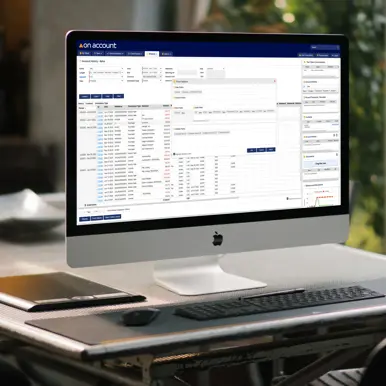Simon Redfern, CEO of Berlin-based software company Tesobe had an idea to fight corruption by creating a bank where all transactions were visible to everyone. From this original idea grew the Open Bank Project (OBP), an open source API for banks that supplies a means by which financial institutions can quickly and securely develop new applications or use third party applications for their customers.
OBP offers a RESTful JSON API interface that supports multiple views on transaction data, data enrichment and data blurring. The API returns JSON (JavaScript Object Notation). Baseline data includes:
- Root - API version, hosted by
- Banks - List of banks supported - short/full name, logo, website
- Accounts - Returns a list of accounts the user has access to at all banks
- Accounts (for a single bank) - List of accounts the user has access to for a single bank ID
- Account - Information including number, owners, type, balance, etc for a specified account
- Transactions - returns a list of transactions for a specified account
It provides a unified standard and secure way to access data across all supported banks
Views on accounts and transactions filter the underlying data to hide or blur certain fields from certain users. For example an account balance may be hidden from the public. The full set of OBP APIs supports functionality including transaction history, payments, onboarding and KYC (Know Your Customer), cards, customer and customer messages, counterparty and transaction metadata, delegated account access, data redaction and entitlements.
The main advantage of this interface is that it provides a unified standard and secure way to access data across all supported banks. It allows software developers to easily build secure services on top of a bank’s legacy IT system. For banks it is secure because customers (account holders) always log into the bank. Neither the applications nor the API see their username and password. There is no lock-in to a single software vendor because it is open source technology. Banks’ internal teams or partners can extend the OBP API as required. Banks can offer a wider range of web and mobile apps and reduce integration and maintenance costs.
Developers can develop financial applications and deploy them to a wide range of supported banks, utilising a consistent, bank-agnostic interface. Customers have a wider range of software applications available to them on desktop, mobile and other platforms.
We reached out to five NZ and AU banks asking if they offer or plan to offer OBP support. None of the five responded that they were looking at the OBP interface. Three did not reply to our enquiry. Westpac NZ responded that they are looking to provide APIs “in the future” and ANZ that there were no changes planned.
The Open Bank Project concept provides significant advantages for banks, developers and customers in the development of online banking applications. We believe that adoption of this interface by Australasian banks would be a positive step forward for all. But are they willing to take the plunge? We will be watching with interest.













